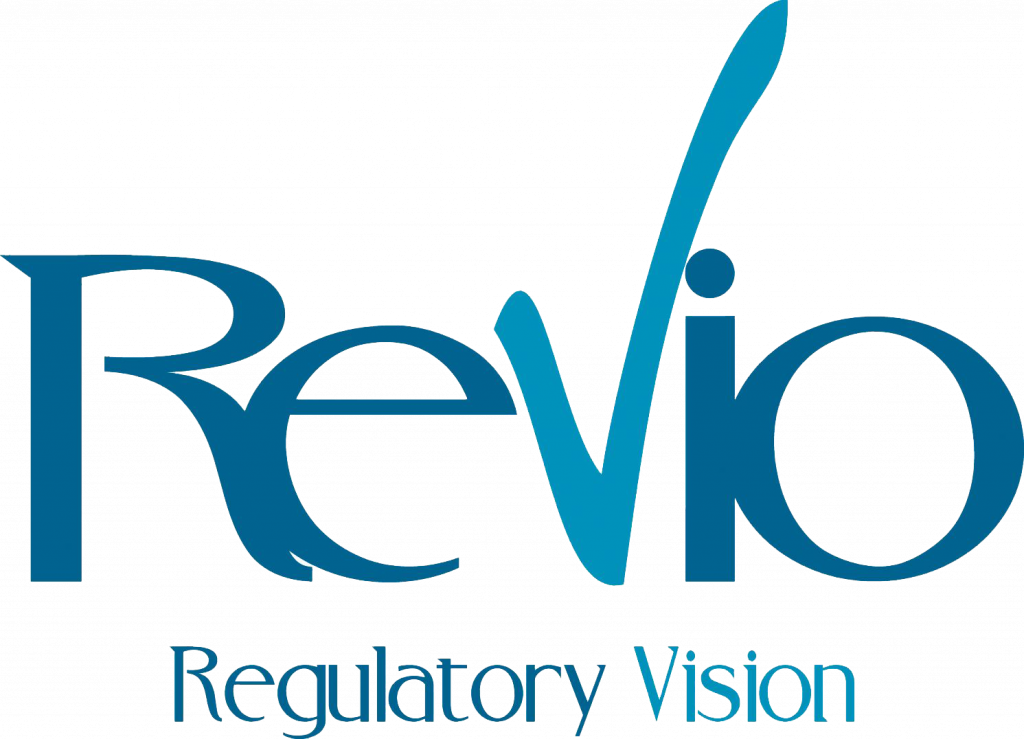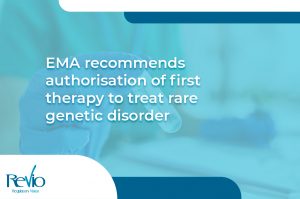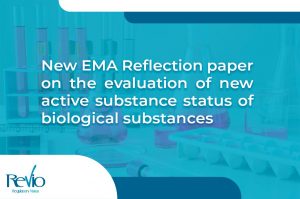The Office of Tissues and Advanced Therapies (OTAT) from the FDA’s Center for Biologics Evaluation and Research (CBER) hosted last week a town hall answering stakeholder questions related to the clinical development of gene therapy products for rare diseases (excluding hematology/oncology products). The event is part of a series to answer questions from stakeholders about a variety of topics on which OTAT has regulatory oversight.
OTAT Town Hall Series
OTAT launched its virtual town hall series to engage with product development stakeholders and discuss topics related to OTAT-regulated products. These events have a question-and-answer format with the goal of providing regulatory information to stakeholders to advance drug development.
For this kind of events, registration is usually required. In this way, questions can be asked live on the call or submitted in advance by email. In addition, once the event is held online, the event materials, including a recording and a transcription of the event is made public for consultation.
Gene Therapy Products Intended to Treat Rare Diseases
Many rare diseases are life-threatening, and only a fraction of rare diseases have an available treatment. Developing safe and effective gene therapy products to treat rare diseases can be challenging; despite these challenges, gene therapy-related research and development continues to grow rapidly.
The town hall addressed factors that sponsors should consider when determining study population for early phase gene therapy trails; the officer’s criteria for allowing single arm, externally controlled trial to provide the primary evidence of effectiveness for approval; and the agency’s guidelines to be followed for determining the duration of gene therapy clinical trials.
Duration of trials
Officials from the OTAT asserted that the duration of clinical trials for gene therapies depends on the nature of the disease being treated, and that diseases that are more progressive and have a rapid onset may involve shorter trials. It was said that there is no one-size-fits-all approach to determining the necessary duration of a gene therapy clinical trials.
“In general, for diseases that are rapidly progressive, a shorter time will be needed to demonstrate efficacy compared to a disease that is more heterogeneous” said Elizabeth Hart, branch chief, General Medicine 1 in FDA’s Division of Clinical Evaluation and Pharmacology/Toxicology (DCEPT). Adding that for such diseases, it may be possible to demonstrate a clinically meaningful effect with valid biomarkers “in a shorter period of time than demonstrating a clinical meaningful effect.”
Factors in understanding study population
Melanie Blank, clinical team leader for the general medicine branch at DCEPT, said that sponsors should conduct a benefit-risk analysis to ensure that patients that would benefit the most from the therapy are given enrollment preference.
“In terms of benefit-risk, we want to enroll patient population who is most likely to benefit; We really want to be sure that those who are first enrolled will have the greatest potential benefit. We also want to ensure that they are otherwise healthy because of toxicity.”
The ability of give informed consent is also important when determining the study population, Blank said relating early phase gene therapy trials, affirming that older patients who can give consent are preferable to patients that cannot give such consent.
Conditions for allowing single arm studies
Officials were asked to specify whether the agency will allow the use of single-arm, externally controlled studies in lieu of two well-controlled randomized studies to evaluate the efficacy of new gene therapies.
However, the agency will permit external controls, such as a natural history controls or concurrent controls for gene therapy trials to treat rare and serious conditions under certain conditions. These would include cases involving diseases with “a well understood underlying pathogeneses, and the disease course is well documented and highly predictable and can be objectively measured and verified.”
If you need more information about this information, you can read RAPS’ report here! And check here for the Event Materials that will be released soon.
You can follow us on LinkedIn to get the latest updates, guidance and development on the pharmaceutical regulatory environment. You can also get in contact with REVIO here!




